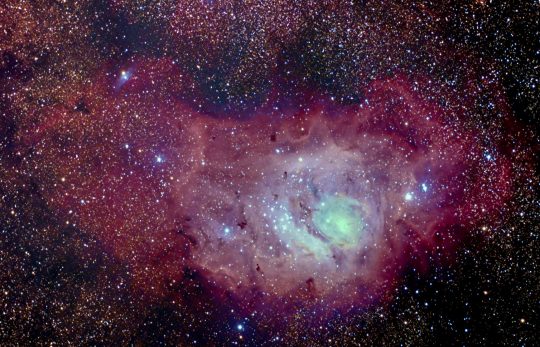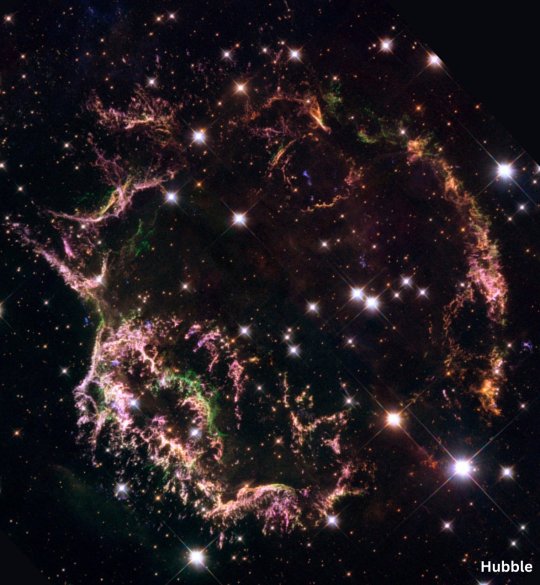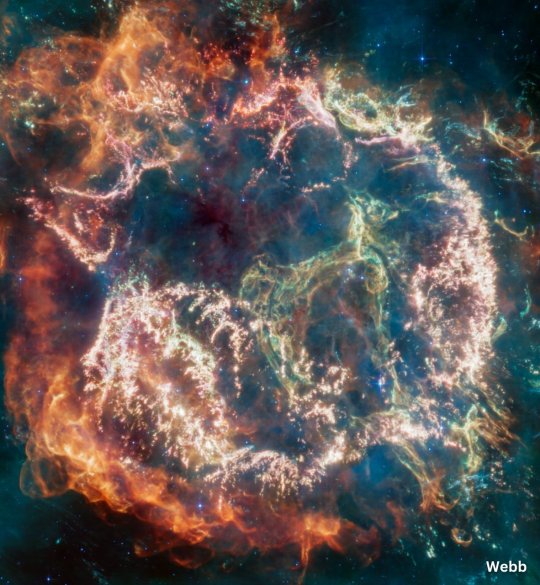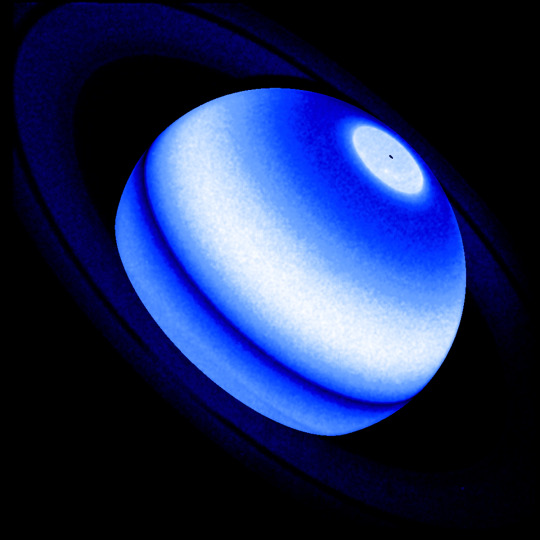Text
physics is so lovely because it's like the universe wrote poetry and for forever we've been twisting our minds into knots just to try and get a glimpse at what it all means
0 notes
Text
me: wanting to give up on my major
my mind: studying physics is like falling in love with a person. it’s falling in love with the universe. you explore the little intricacies, the little bits that seem backwards, the parts that don’t make sense at all. you dive into them. you fall so far down the rabbit hole that you forget where you began. you reach into the depths of the skies and pull out an answer you don’t understand. there are difficulties, there are obstacles. but as you work through them, you fall deeper. there are things about love that you will never figure out, but the subtle mysteries keep you curious. it’s painful at times, but it’s beautiful always.
0 notes
Text
started school again!!! can’t wait to be super active teehee
0 notes
Text

JWST and Saturn
JWST turned it's attention to the 2nd largest planet in our system, and the results are fascinating.
In short - NIR the planet looks fairly inactive, with the rings glowing brightly, making one of the most intriguing images of Saturn in a good while.
Using the NIRSpec the clouds do come into view, as they reflect light at specific wavelengths (hence the darkness in the upper image). The image looks like it's in the process of being put together, so expect a much more beautiful version of this coming soon.
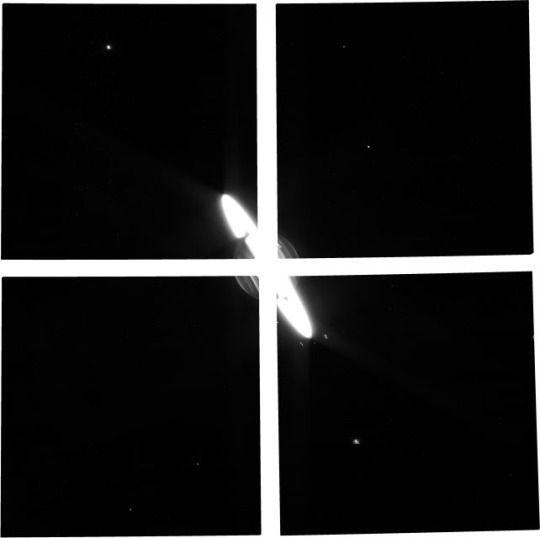
It was never anticipated that JWST could be used to view the planets in this way, so every image is a beautiful fortune, the ability to see the current cloud cover on these planets right back from here just above Earth.
121 notes
·
View notes
Text
5 Years, 8 Discoveries: NASA Exoplanet Explorer Sees Dancing Stars & a Star-Shredding Black Hole
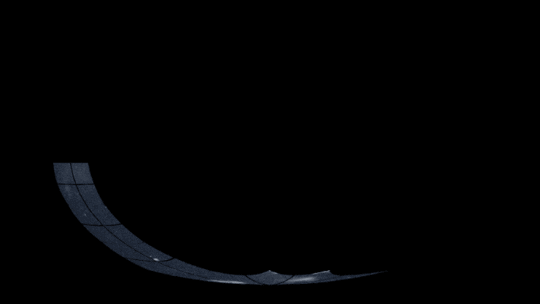
This all-sky mosaic was constructed from 912 Transiting Exoplanet Survey Satellite (TESS) images. Prominent features include the Milky Way, a glowing arc that represents the bright central plane of our galaxy, and the Large and Small Magellanic Clouds – satellite galaxies of our own located, respectively, 160,000 and 200,000 light-years away. In the northern sky, look for the small, oblong shape of the Andromeda galaxy (M 31), the closest big spiral galaxy, located 2.5 million light-years away. The black regions are areas of sky that TESS didn’t image. Credit: NASA/MIT/TESS and Ethan Kruse (University of Maryland College Park)
On April 18, 2018, we launched the Transiting Exoplanet Survey Satellite, better known as TESS. It was designed to search for planets beyond our solar system – exoplanets – and to discover worlds for our James Webb Space Telescope, which launched three years later, to further explore. TESS images sections of sky, one hemisphere at a time. When we put all the images together, we get a great look at Earth’s sky!
In its five years in space, TESS has discovered 326 planets and more than 4,300 planet candidates. Along the way, the spacecraft has observed a plethora of other objects in space, including watching as a black hole devoured a star and seeing six stars dancing in space. Here are some notable results from TESS so far:
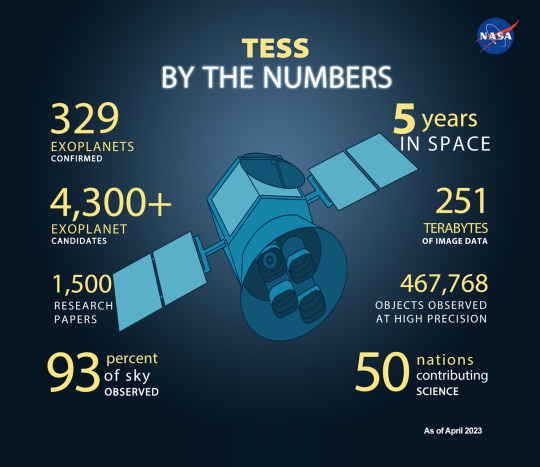
During its first five years in space, our Transiting Exoplanet Survey Satellite has discovered exoplanets and identified worlds that can be further explored by the James Webb Space Telescope. Credit: NASA/JPL-Caltech
1. TESS’ first discovery was a world called Pi Mensae c. It orbits the star Pi Mensae, about 60 light-years away from Earth and visible to the unaided eye in the Southern Hemisphere. This discovery kicked off NASA's new era of planet hunting.
2. Studying planets often helps us learn about stars too! Data from TESS & Spitzer helped scientists detect a planet around the young, flaring star AU Mic, providing a unique way to study how planets form, evolve, and interact with active stars.
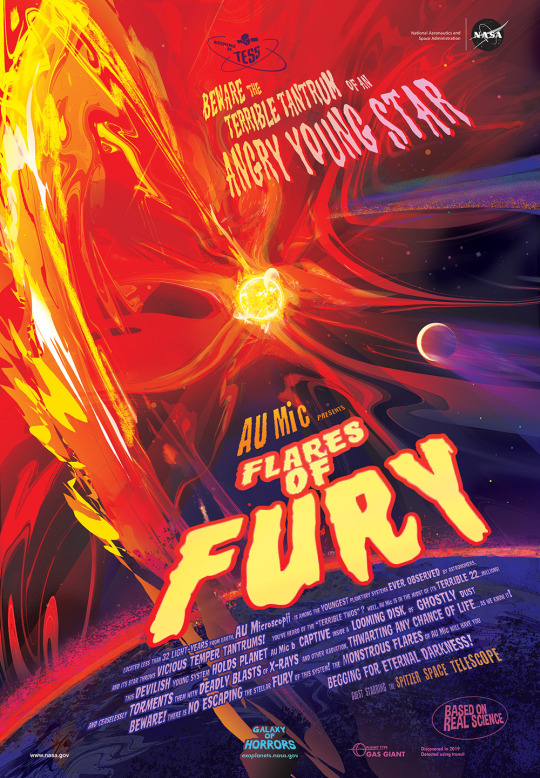

Located less than 32 light-years from Earth, AU Microscopii is among the youngest planetary systems ever observed by astronomers, and its star throws vicious temper tantrums. This devilish young system holds planet AU Mic b captive inside a looming disk of ghostly dust and ceaselessly torments it with deadly blasts of X-rays and other radiation, thwarting any chance of life… as we know it! Beware! There is no escaping the stellar fury of this system. The monstrous flares of AU Mic will have you begging for eternal darkness. Credit: NASA/JPL-Caltech
3. In addition to finding exoplanets on its own, TESS serves as a pathfinder for the James Webb Space Telescope. TESS discovered the rocky world LHS 3844 b, but Webb will tell us more about its composition. Our telescopes, much like our scientists, work together.
4. Though TESS may be a planet-hunter, it also helps us study black holes! In 2019, TESS saw a ‘‘tidal disruption event,’’ otherwise known as a black hole shredding a star.
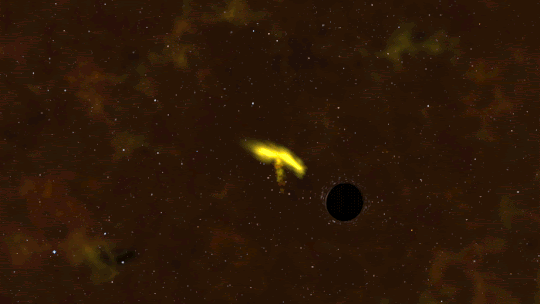
When a star strays too close to a black hole, intense tides break it apart into a stream of gas. The tail of the stream escapes the system, while the rest of it swings back around, surrounding the black hole with a disk of debris. Credit: NASA's Goddard Space Flight Center
5. In 2020, TESS discovered its first Earth-size world in the habitable zone of its star – the distance from a star at which liquid water could exist on a planet’s surface. Earlier this year, a second rocky planet was discovered in the system.
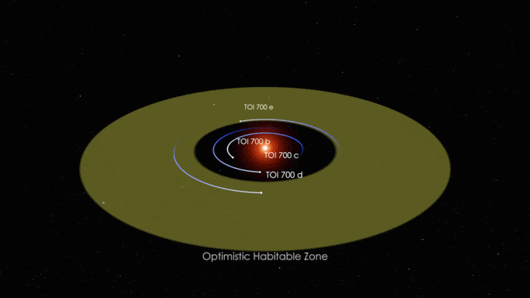
You can see the exoplanets that orbit the star TOI 700 moving within two marked habitable zones, a conservative habitable zone, and an optimistic habitable zone. Planet d orbits within the conservative habitable zone, while planet e moves within an optimistic habitable zone, the range of distances from a star where liquid surface water could be present at some point in a planet’s history. Credit: NASA Goddard Space Flight Center
6. Astronomers used TESS to find a six-star system where all stars undergo eclipses. Three binary pairs orbit each other, and, in turn, the pairs are engaged in an elaborate gravitational dance in a cosmic ballroom 1,900 light-years away in the constellation Eridanus.
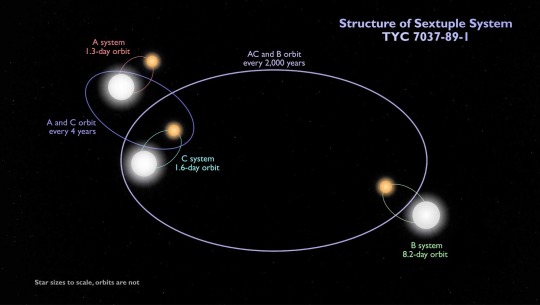
7. Thanks to TESS, we learned that Delta Scuti stars pulse to the beat of their own drummer. Most seem to oscillate randomly, but we now know HD 31901 taps out a beat that merges 55 pulsation patterns.
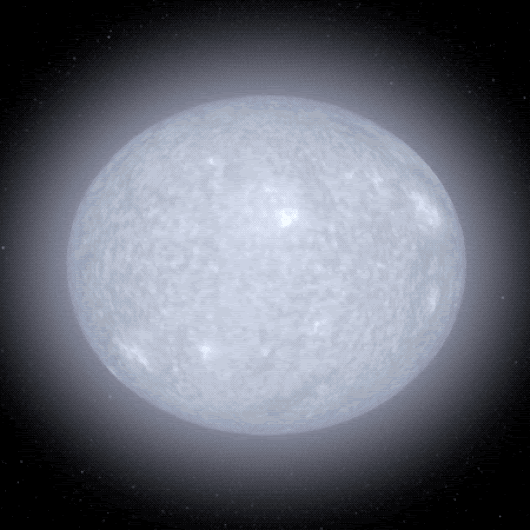
Sound waves bouncing around inside a star cause it to expand and contract, which results in detectable brightness changes. This animation depicts one type of Delta Scuti pulsation — called a radial mode — that is driven by waves (blue arrows) traveling between the star's core and surface. In reality, a star may pulsate in many different modes, creating complicated patterns that enable scientists to learn about its interior. Credit: NASA’s Goddard Space Flight Center
8. Last is a galaxy that flares like clockwork! With TESS and Swift, astronomers identified the most predictably and frequently flaring active galaxy yet. ASASSN-14ko, which is 570 million light-years away, brightens every 114 days!
Make sure to follow us on Tumblr for your regular dose of space!
2K notes
·
View notes
Text

Titan and Dione
Cassini captured a wealth of images from Saturn, not just the gas giant and the rings, but the moons of Saturn too.
Titan in particular caught the imagination (the larger brown/orange moon above) with a liquid cycle, rivers, streams, lakes and seas, albeit of liquid hydrocarbons and not water. In fact, on Titan, water is a rock, pebbles of it strewn the landscape, while shimmering seas give a peculiarly Earth like view, although it is -179'c so you may want to wrap up warm.
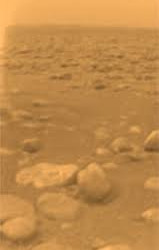
Then there's Dione, a block of ice in of itself, with a rocky core.
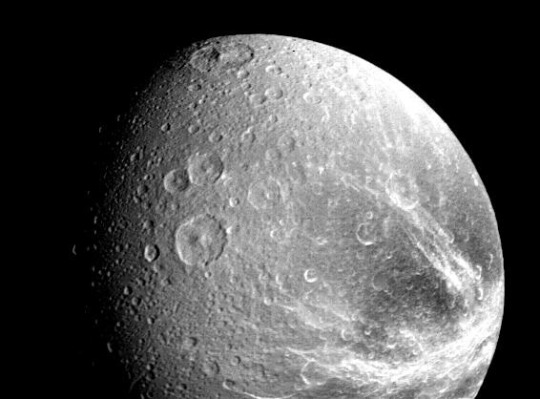
But what's magical about the Cassini images, it gives us a fleeting moment in orbit with the gas giant, to see what was really there at that moment, to reach out and touch and imagine what we'd see if only we'd been there too.
The value of such probes cannot just be measured in the mission success, or even the science and understanding that can be gained from it, they are a teleport for every human to go to another place, far from our daily humdrum, and dream of what could be.
90 notes
·
View notes
Text

Olympus Mons
The largest Volcano in the Solar System isn't on Earth, it's on the planet Mars, so large that it literally sticks out of the planet.
At 21.9km (13.6 miles high) above the average surface level or 72,000 ft, it's higher than most commercial aircraft by twice, so when you next travel somewhere, just imagine you're only half way up !
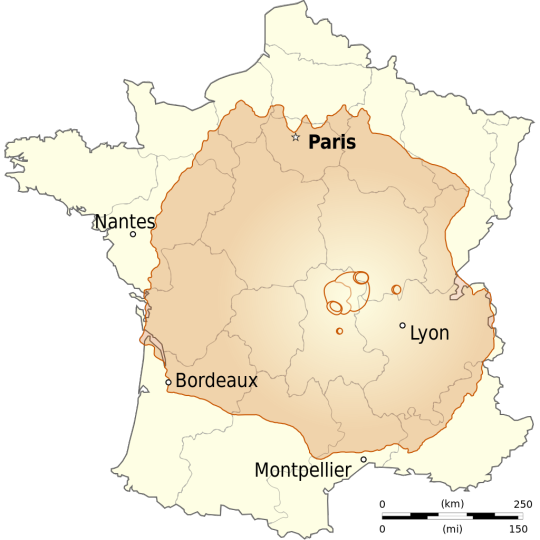
The entire structure could just about fit into France, and is the most prominent object on Mars, as the image at the top from the Hope probe(UAE) shows.

The volcano isn't caused by tectonic plates as many on Earth, rather it's more like the Hawaii Islands, where a hot spot on the crust allows lava to push upwards and create shield volcano. Due to the lower gravity on Mars, the process seems to have been supersized.
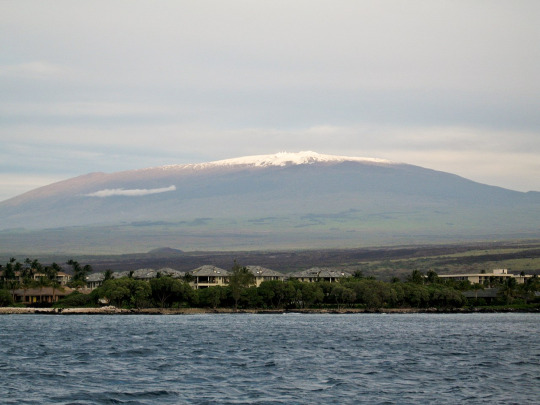
(Mauna Kea in Hawaii)
208 notes
·
View notes





